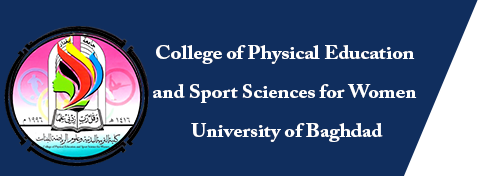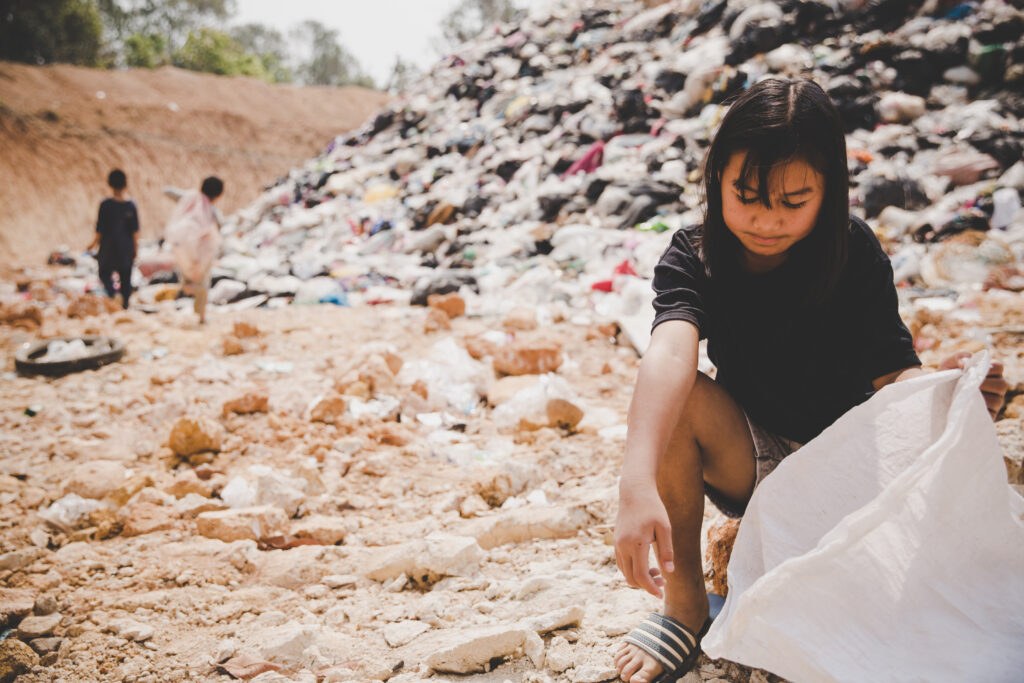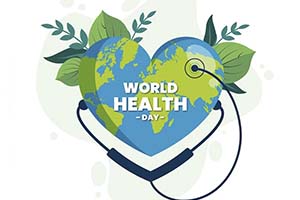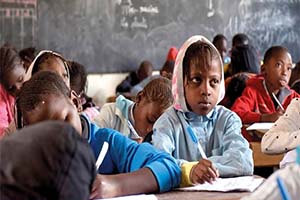College of physical education and sports sciences for Women
College of physical education and sports sciences for Women
The Sustainable Development Goals (SDGs) are a plan to achieve a better and more sustainable future for all. They address global challenges such as poverty, inequality, climate change, environmental degradation, prosperity, peace, and justice. The interlinked nature of these goals ensures that no one is left behind, aiming to achieve all goals by 2030. Click on any specific goal below for detailed information on each challenge and issue.
At the College of Physical Education and Sport Sciences for Women, we believe that our responsibility towards the environment is not just a commitment but an integral part of our academic identity. Environmental sustainability is central to our vision, and we strive to make a lasting positive impact on the environment and the communities we serve.
Additionally, learn about the necessity of the SDGs in fostering a green recovery that leads to more inclusive economies and stronger, more resilient communities, as highlighted by the United Nations.
The Sustainable Development Goals (SDGs) are a plan to achieve a better and more sustainable future for all. They address global challenges such as poverty, inequality, climate change, environmental degradation, prosperity, peace, and justice. The interlinked nature of these goals ensures that no one is left behind, aiming to achieve all goals by 2030. Click on any specific goal below for detailed information on each challenge and issue.
At the College of Physical Education and Sport Sciences for Women, we believe that our responsibility towards the environment is not just a commitment but an integral part of our academic identity. Environmental sustainability is central to our vision, and we strive to make a lasting positive impact on the environment and the communities we serve.
Additionally, learn about the necessity of the SDGs in fostering a green recovery that leads to more inclusive economies and stronger, more resilient communities, as highlighted by the United Nations.

The second goal
Total elimination of hunger

The fifth Goal
Gender equality

The sixth Goal
Clean water and Sanitation
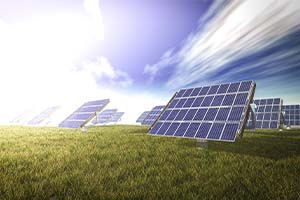
The seventh Goal
Clean and affordable energy
However, there is a need for more focused attention to improve access to clean and safe cooking fuel and technologies for 3 billion of the world's population, to expand the use of renewable energy without relying on the electricity sector, and to increase electricity access in Sub-Saharan Africa.
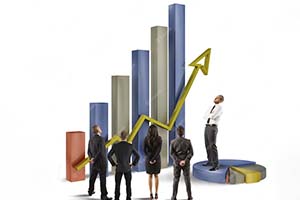
The eighth Goal
Decent work and economic growth
Covid-19 has disrupted billions of people and exposed the global economy to risk. The International Monetary Fund predicts a global recession as bad as the 2009 recession or worse. With increasing job losses, the International Labor Organization estimates that nearly half of the global workforce is at risk of losing their livelihoods.

The tenth Goal
Reducing inequalities
Inequality within and among countries is a persistent cause for concern. Despite some positive signs toward reducing inequality in some dimensions, such as reducing relative income inequality in some countries and preferential trade status benefiting lower-income countries, inequality still persists.

The Eleventh Goal
Sustainable cities and communities
Rapid urbanization is resulting in a growing number of slum dwellers, inadequate and overburdened infrastructure and services (such as waste collection and water and sanitation systems, roads and transport), worsening air pollution and unplanned urban sprawl.

The twelfth Goal
Responsible consumption and production

Sustainable Development Goals
The most ambitious plans in the world

The second goal
Total elimination of hunger

The fifth Goal
Gender equality

The sixth Goal
Clean water and Sanitation

The seventh Goal
Clean and affordable energy
However, there is a need for more focused attention to improve access to clean and safe cooking fuel and technologies for 3 billion of the world's population, to expand the use of renewable energy without relying on the electricity sector, and to increase electricity access in Sub-Saharan Africa.

The eighth Goal
Decent work and economic growth
Covid-19 has disrupted billions of people and exposed the global economy to risk. The International Monetary Fund predicts a global recession as bad as the 2009 recession or worse. With increasing job losses, the International Labor Organization estimates that nearly half of the global workforce is at risk of losing their livelihoods.

The tenth Goal
Reducing inequalities
Inequality within and among countries is a persistent cause for concern. Despite some positive signs toward reducing inequality in some dimensions, such as reducing relative income inequality in some countries and preferential trade status benefiting lower-income countries, inequality still persists.

The Eleventh Goal
Sustainable cities and communities
Rapid urbanization is resulting in a growing number of slum dwellers, inadequate and overburdened infrastructure and services (such as waste collection and water and sanitation systems, roads and transport), worsening air pollution and unplanned urban sprawl.

The twelfth Goal
Responsible consumption and production
